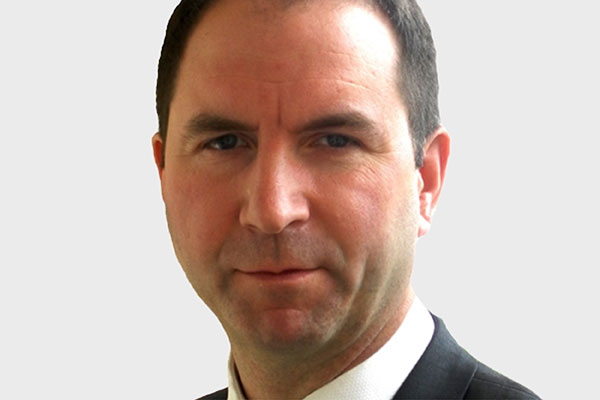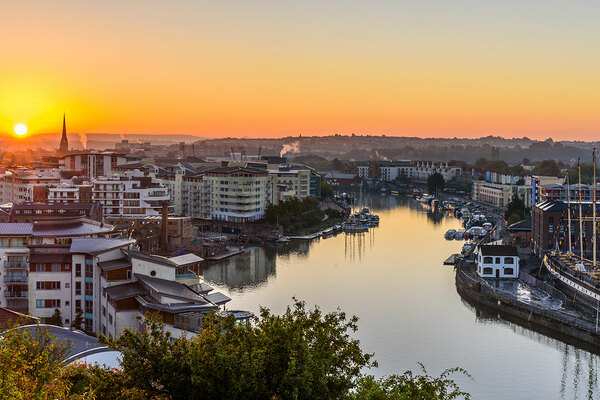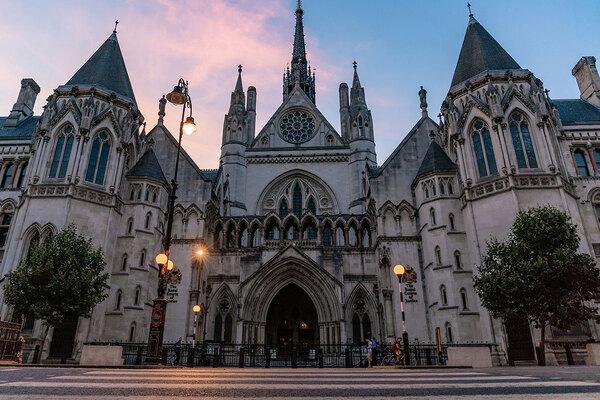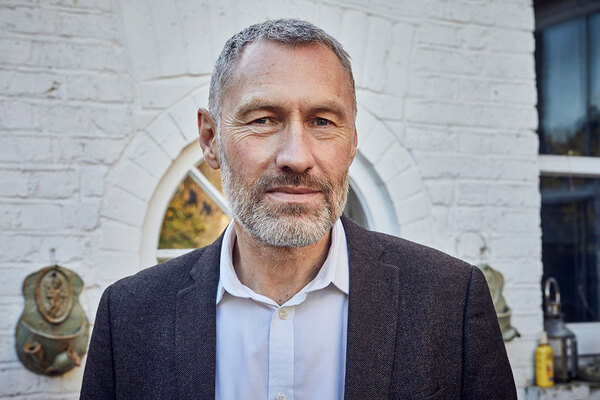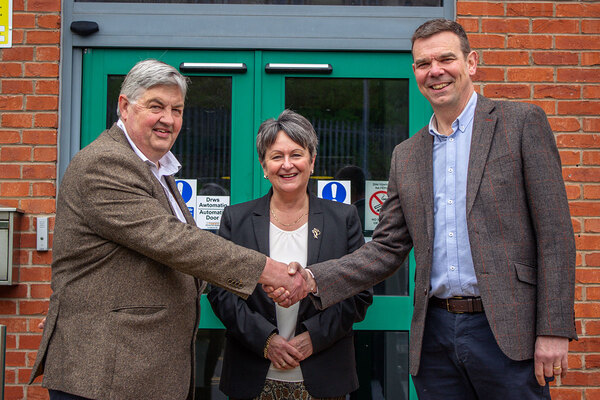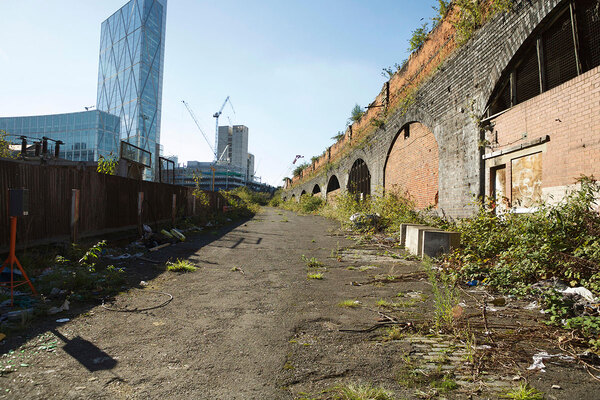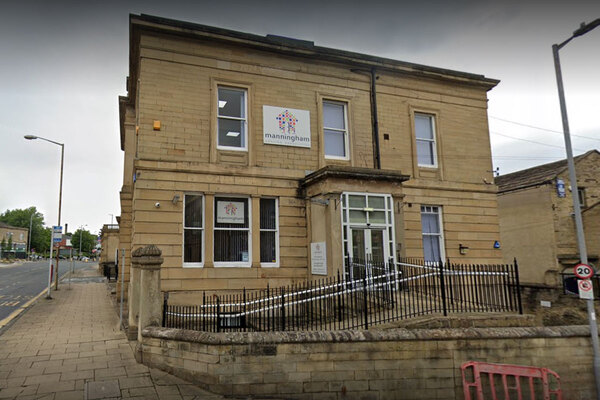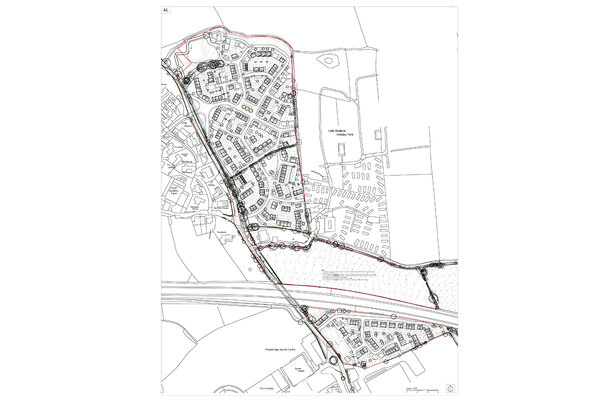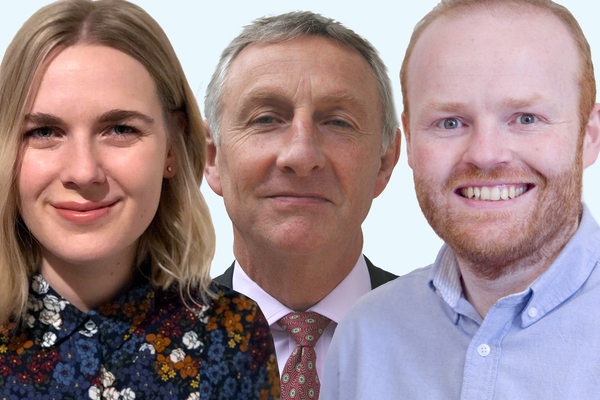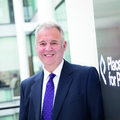 David Cowans
David CowansWhy placemaking must be about people and local needs
Placemaking is a hard term to pin down. But there are some key principles to keep in mind when developing a new community, says David Cowans
Placemaking is a term we are all familiar with, but it is also a phrase that risks being undervalued and misunderstood. Open to interpretation, it is understandable to see why.
Creating a quality place can mean very different things to different people and organisations.
So, what is placemaking and how can we ensure it is successful?
In our experience, placemaking is first and foremost about people. A place has to work for everyone and when building at scale, that requires homes in a mix of tenures and at several price points.
Crucially, it also means the delivery of green spaces and appropriate infrastructure – schools, roads, shops and leisure services that are accessible to all residents, enabling them to live their lives in their own neighbourhood.
To achieve this, we have to approach large-scale development with a different mindset. Everything that goes into making a place must meet local needs.
A place has to work for everyone and when building at scale, that requires homes in a mix of tenures and at several price points.
That is why consultation with the public sector and local communities during the early planning stages is so important. Bringing people together, including those most likely to be living in that place in the future, can help to create a powerful vision that drives the development.
Successful placemaking also relies on a long-term commitment by developers and housing providers. It should not finish when a place is built but generate investment in neighbourhoods long after they are initially developed to ensure they are properly managed, maintained and governed.
This requires a constant dialogue with communities to ensure local needs are being met and to establish what may need to change, evolve or improve to maintain a great place.
In doing so, there is the potential to provide additional services that generate economic, social and environmental benefits for residents, generating a huge amount of social value.
One example of successful placemaking is Brooklands, a mixed-tenure development in Milton Keynes.
Over the past 10 years, we have been working to help create a vibrant new community that works for everyone.
Taking on the role of master developer and following extensive consultation, we worked with the local authority to build a school before we began work on a single house.
We were among the first in the UK to begin a development in this way; putting the infrastructure in first, rather than waiting until the end of the programme.
This paved the way for additional facilities and features, including landscaping, a play area and meadows, which were all in place before people moved in.
As the development has progressed, we have joined forces with major house builders to guarantee homes are built quickly and efficiently. However we have kept control of the masterplan to make sure that quality infrastructure, varied architecture and mixed tenures are maintained.
“A place has to work for everyone and when building at scale, that requires homes in a mix of tenures and at several price points”
Once completed, Brooklands will provide a total of 2,500 homes all supported by a raft of facilities and amenities, including schools, shops and leisure facilities, as well as green spaces that emphasise biodiversity and environmental sustainability.
Our infrastructure first approach to placemaking at Brooklands has taken considerable time and patience, but we have proved it works.
As a result, we will be rolling out a similar process for other large-scale developments, currently in our pipeline.
However you choose to interpret placemaking, building homes should be just one part of a much larger strategy that spans every stage of development from design and delivery through to management.
There is no right or wrong approach, but one thing that can’t be disputed is that placemaking is at the heart of creating communities that everyone can be part of – and proud of.
David Cowans, group chief executive, Places for People

